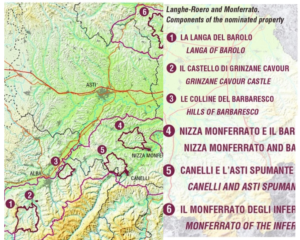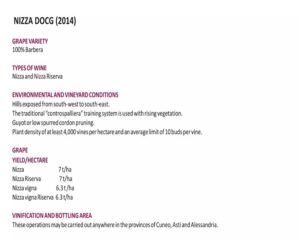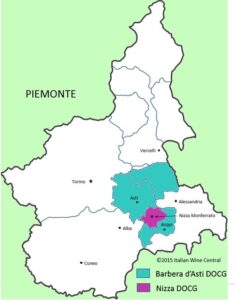Global wine production has fallen this year to its lowest level since 1961 as vineyards were pummeled by extreme weather events, according to a statement issued this week by the International Organization of Vine and Wine (OIV).
Output reached 244.1 million hectoliters, down 7% from last year, the intergovernmental body said as it presented its first estimates.
“Once again, extreme climatic conditions — such as early frost, heavy rainfall, and drought — have significantly impacted the output of the world vineyard,” said the organization, which provides data to grape and wine producing and consuming countries.”
Australia, Argentina, Chile, South Africa and Brazil all saw output drop between 10 and 30%.
Italy lost the title of top world producer as its output fell 12%, allowing France to reclaim first place as its production held steady.
Spain held onto its position as the world’s third largest wine producer although its production fell by 14% and was down 19% from its five-year average.
The silver lining, if any, for the industry is that it may help alleviate the market imbalance.
In “a context where global consumption is declining and stocks are high in many regions of the world, the expected low production could bring equilibrium to the world market,” said the OIV.








 Wines of Barbera d’Asti & Monferrato
Wines of Barbera d’Asti & Monferrato